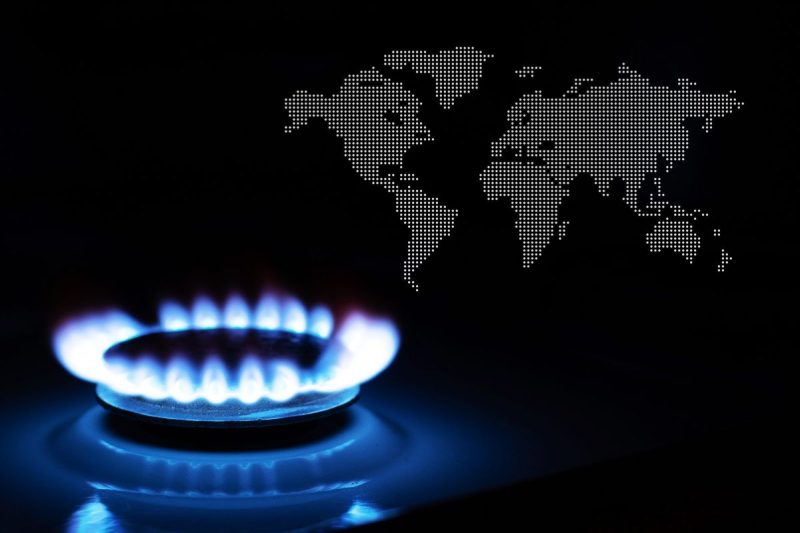1. United States:
Leading the pack in natural gas production is the United States. According to the American Petroleum Institute, the U.S is the top producer of natural gas globally, accounting for more than 20% of the world’s total production. This stellar growth is mainly due to the technological advancements in hydraulic fracturing and horizontal drilling which has enabled the extraction of gas from shale formations, primarily in Pennsylvania and Texas. In addition, there are strong infrastructural supports, such as extensive pipeline networks and advanced storage facilities, that largely contribute towards sustained production levels.
2. Russia:
A close second is Russia, which plays a vital role in supplying natural gas to several European nations. The country’s primary natural gas company, Gazprom, claims to own approximately 17% of the world’s total gas reserves. Russia’s prolific gas fields, such as Urengoy and Yamburg, continue to be significant contributors to the nation’s gas production output.
3. Iran:
Possessing the world’s second-largest natural gas reserves, Iran comes in third place. Despite sanctions and other geopolitical issues, Iran has managed to maintain substantial production levels. The South Pars/North Dome Gas-Condensate field, shared with Qatar, is the world’s biggest natural gas field and serves as the backbone of Iran’s natural gas industry.
4. Canada:
Canada is the fourth-largest producer of natural gas, primarily in the provinces of Alberta and British Columbia. The country has placed a notable emphasis on environmentally friendly extraction methods, investing heavily in carbon capture and hydroelectric power. Canada exports a majority of its natural gas to the United States, making it the U.S.’s most significant foreign energy provider.
5. China:
China follows closely behind Canada. Over recent years, China’s natural gas sector has seen tremendous growth driven by its goal to reduce dependency on coal and combat air pollution. Efforts to boost production have been focused on unconventional resources like coalbed methane and shale gas.
6. Qatar:
Qatar, albeit a small nation, is the sixth-largest producer of natural gas. With vast offshore reserves located in the North Field, Qatar has significant export operations and even invests in liquefied natural gas projects globally.
7. Australia:
Australia holds the seventh position for natural gas production globally, backed by its numerous offshore gas fields. The lion’s share of Australian gas is exported, primarily to countries in Asia, as liquefied natural gas (LNG).
8. Saudi Arabia:
Known for its oil reserves, Saudi Arabia also holds large deposits of natural gas, making it the eighth-largest producer worldwide. These reserves are primarily associated gas found in oil fields but also include non-associated gas reservoirs.
9. Algeria:
Algeria, the second-largest natural gas producer in Africa, falls ninth on our list. Despite some hindrances like ageing equipment and lack of foreign investment, Algeria has managed to maintain considerable gas production from its sizable reserves.
10. India:
Rounding off the top 10 is India. Though India’s domestic production satisfies only a fraction of its demand, various initiatives undertaken by the government, such as the Hydrocarbon Exploration Licensing Policy, aim to boost production and reduce dependency on imports.
In conclusion, these ten countries contribute significantly to the globe’s natural gas supplies. Despite the rise of renewable energy, natural gas will continue to play a vital role in meeting the world’s energy demand due to its lower carbon emissions compared to coal and oil. Sustainable practices and technological advances will shape the future of natural gas production in these countries and globally.




